20 Times Kindness Won the Argument Without Saying a Word

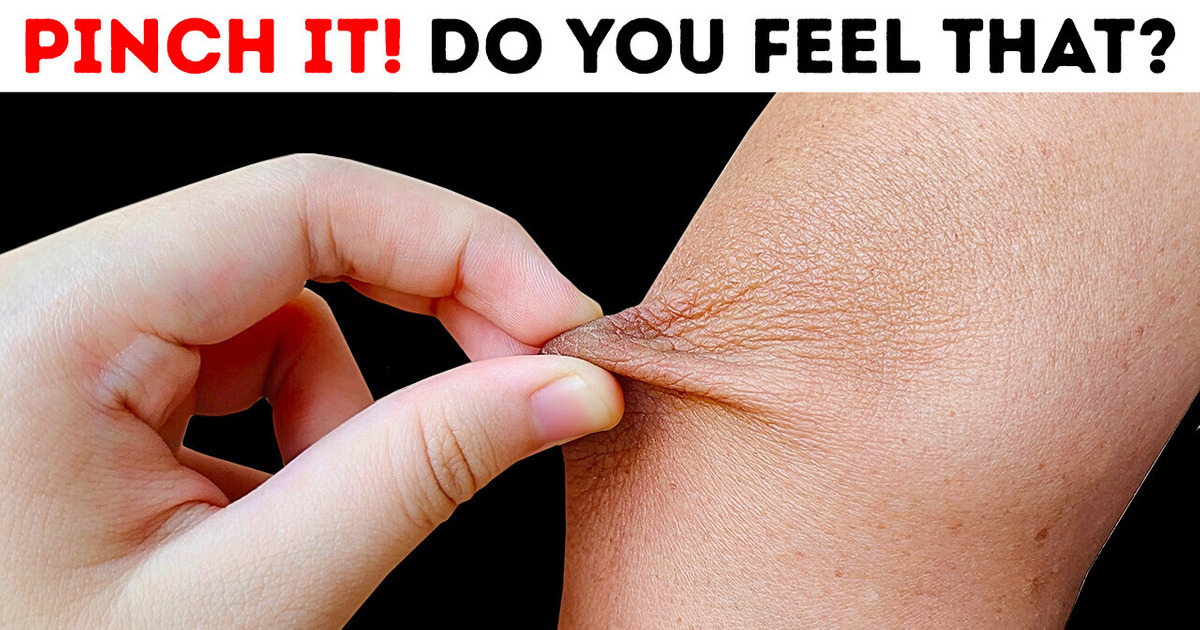
I’ve tried this one myself, too. Pinch your elbow as hard as you can. You barely feel pain! How come?! Different areas of your skin have different nerve endings. Our bodies are designed to be more sensitive to pain in places that are at higher risk of getting damaged. Those important parts have more nerve endings so that we are more alert and able to protect ourselves. And thick skin, like that on elbows, has fewer pain detectors. Now, I’m not talking about the tingling, jolting pain you can feel when you hit your elbow against something. Oh, that feels almost like your entire arm has been electrocuted. It’s not a feeling I would consider “funny,” but it comes from the funny bone. The funny bone isn’t actually a bone. It’s a nerve that starts in your spine, goes to your neck, through your elbow, and to your fingers.
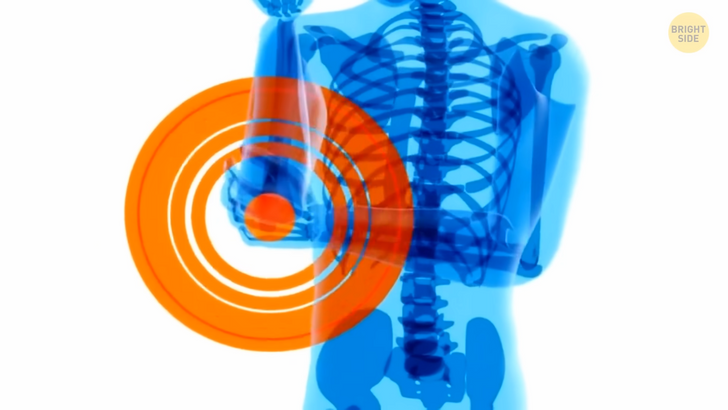
Its real name is the ulnar nerve. It’s one of the three primary nerves in your arm, and it provides sensation in the fingertips. Your ulnar nerve is well protected by muscle, fat, and bone. But there’s one spot at your elbow where this nerve is exposed, and that spot is — yeah, the funny bone. A different but real version of Achilles’s story, huh? Okay, now you know why it “hits so different” when you bump your funny bone and why you feel nothing when you pinch your elbow.
The next phenomenon is related to socially awkward moments. Okay, maybe not entirely. It might happen when your crush gives you a compliment. I’m talking about blushing. Now, I’m not sure those butterflies in your stomach exist when you are in love. But I’m sure of this: when you blush, your stomach lining also turns red. Yeah, I’ve looked. The stomach lining is the tissue that protects your stomach walls from the acid inside. When you blush, it also turns red because blushing happens when the blood rises to the surface of the skin. This affects the stomach, too. This is a natural process, a physiological response to the change in your emotions. Since we’re talking about the stomach, it might be a good time to mention that stomach fluid has the ability to melt a steel table. This means the acid would be able to digest your internal organs! Luckily, the stomach lining prevents this from happening.

Number 3 is about letting you know that you can glow in the dark. Don’t turn off the lights just yet; you can’t see it with the unaided eye. These visuals of glittering human bodies come from ultra-sensitive cameras. Japanese scientists were the first to capture the images of human “bioluminescence.” Only ultra-sensitive cameras can reveal that our bodies emit tiny amounts of light because this light is a thousand times weaker than the human eye can detect. Apparently, all living creatures produce a small amount of light thanks to the chemical reactions in their cells. Humans are newly added to this list.
The researchers had been photographing the upper bodies of the volunteers for several days. The results showed that the amount of the emitted light followed a 24-hour cycle. The glow is at its highest in the late afternoon and lowest late at night. Plus, the brightest light is emitted from the cheeks, forehead, and neck. Interestingly, this does not correspond with the brightest areas caught by thermal cameras.
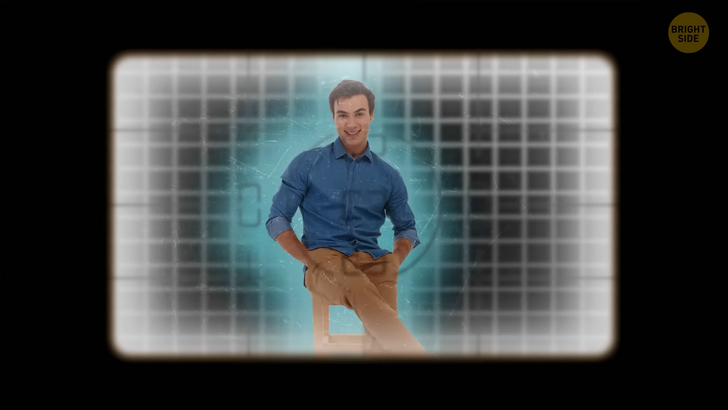
Did you know you’re a little bit taller in the morning than you are later in the day. (Yes, I’ve been measuring you. Ha!) Seriously, this height difference is related to gravity. Its force compresses the cartilage in your spine and knees when you stand up or sit down throughout the day. But when you’re lying down, your spine decompresses and relaxes. That is why when you wake up in the morning, after resting in bed all night, you’re taller. The increase in height is not even above an inch, so don’t bet on who is taller after hearing this info. Fun fact, astronauts returning from a mission are a few inches taller than they usually are on Earth. It’s because of the lack of gravity on the ISS. They don’t remain that tall forever, though. When they’re on Earth again, gravity gradually squeezes them back down to their usual height.
Now, let’s get back to the organ we’ve already spoken about — the skin. Yes, the skin is an organ! In fact, it’s the largest organ in your body. It contributes to about 15% of your body weight. What else does this organ do besides covering your body? It performs vital functions. For instance, it protects your body from external physical and biological harm. Plus, it prevents excessive water loss. I can’t help wondering what other surprises the human body has in store for us! But right now, let’s move on to the animal planet.
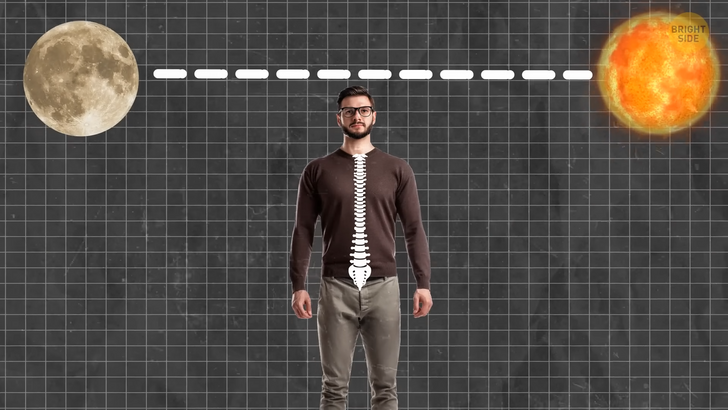
Owls don’t have eyeballs. Instead, they have something called eye tubes. Their rod-shaped eyes do not move in their sockets as our eyeballs do. That is why owls would have to move their entire bodies to look around. But moving their torsos would make some noise, and other animals would hear it. So owls have evolved to have necks that can twist about 270°, and they move super silently! But why the concern? Well, night vision requires large corneas to get as much light as possible. This is the main reason why most nocturnal animals, such as the slow loris or tarsier, have big eyes. For owls, it works a little differently. Since they have small heads, such large eyes wouldn’t be able to fit inside. Now, even though these creatures don’t have eyeballs, they have three sets of eyelids. One set is for blinking, one is for sleeping, and the last one is for keeping their eye tubes clean. Do the owls give a hoot about that? Yes, yes they do.
Moving on from nocturnal animals to the ones you’re more familiar with. Meow. Cats have an extra organ that allows them to taste scents in the air. This organ is called “Jacobson’s organ” or “the vomeronasal organ.” Jacobson’s organ is located inside the cat’s nasal cavity and opens into the roof of the mouth. This organ can detect specific chemicals by using nerves that lead directly to the brain. That’s not a regular sniffing, though. The odor receptors of Jacobson’s organ aren’t designed to catch ordinary smells. They detect chemicals that have no odor at all. In other words, cats can detect undetectable smells. It’s not just this. Jacobson’s organ increases the sense of smell. For instance, when kittens need to find their mother’s milk. Imagine there are two mother cats and four kittens. Kittens can distinguish their mother from the other grown-up cat with the help of their sense of smell.
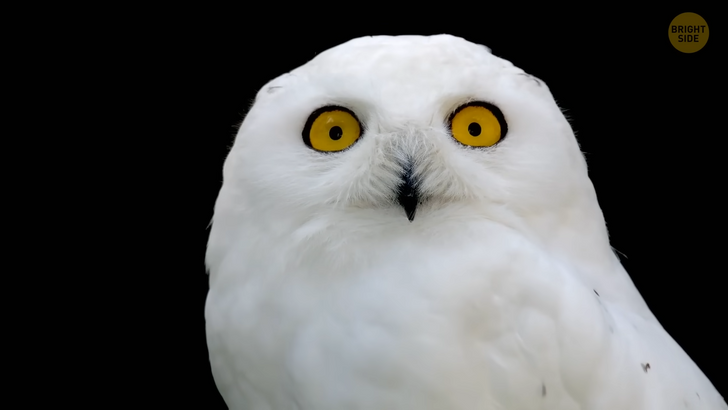
When two people meet, they assess each other’s body language. Cats can usually do this by sniffing each other’s heads. This greeting releases pheromones that can tell a lot about one cat to the other. Like what the other feline likes to eat or if they are healthy or not. They can even evaluate whether the other cat is happy or moody. All thanks to Jacobson’s organ.
Now, another fact about cats. Their nose has distinct ridges that look like a pattern. Similar to our fingerprints, every cat has a unique “nose print.” It can be used as a form of identification. [Detectives interrogating a cat wearing handcuffs at the police precinct] “Okay Cat. We can nail you for breaking the vase! We have your nose prints all over it. Now, do you want to cut a deal? Just tell us what you know about the dog and that chewed-up DVD.”
Dog lovers, I didn’t forget about you. Here is a myth you’ve probably heard: dogs are colorblind. But they aren’t! However, it IS true that the color range they can detect is limited compared to the spectrum humans can see. Their color palette consists mostly of yellows, blues, and violets. Our reds, greens, and oranges are not noticeable to them.
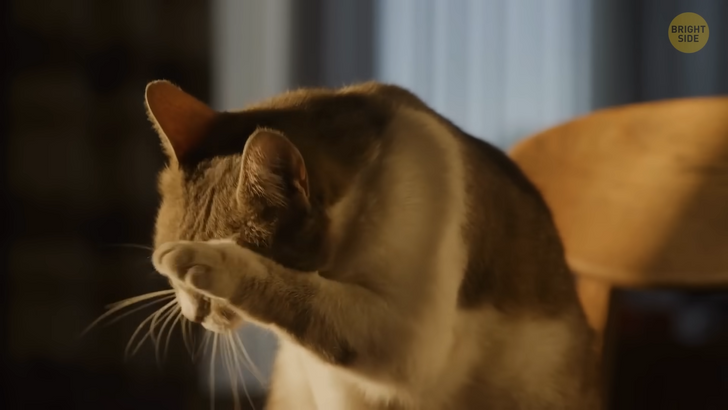
This one is about turtles. These animals cannot leave their shells and get back whenever they want. In fact, they are completely attached to their shells. These shells grow with turtles, similar to the human skin. A turtle’s shell consists of 50 bones. It also includes a skeleton with the spine and rib cage. So they go on vacation with it. It’s kinda like an RV. That you can’t get rid of.











